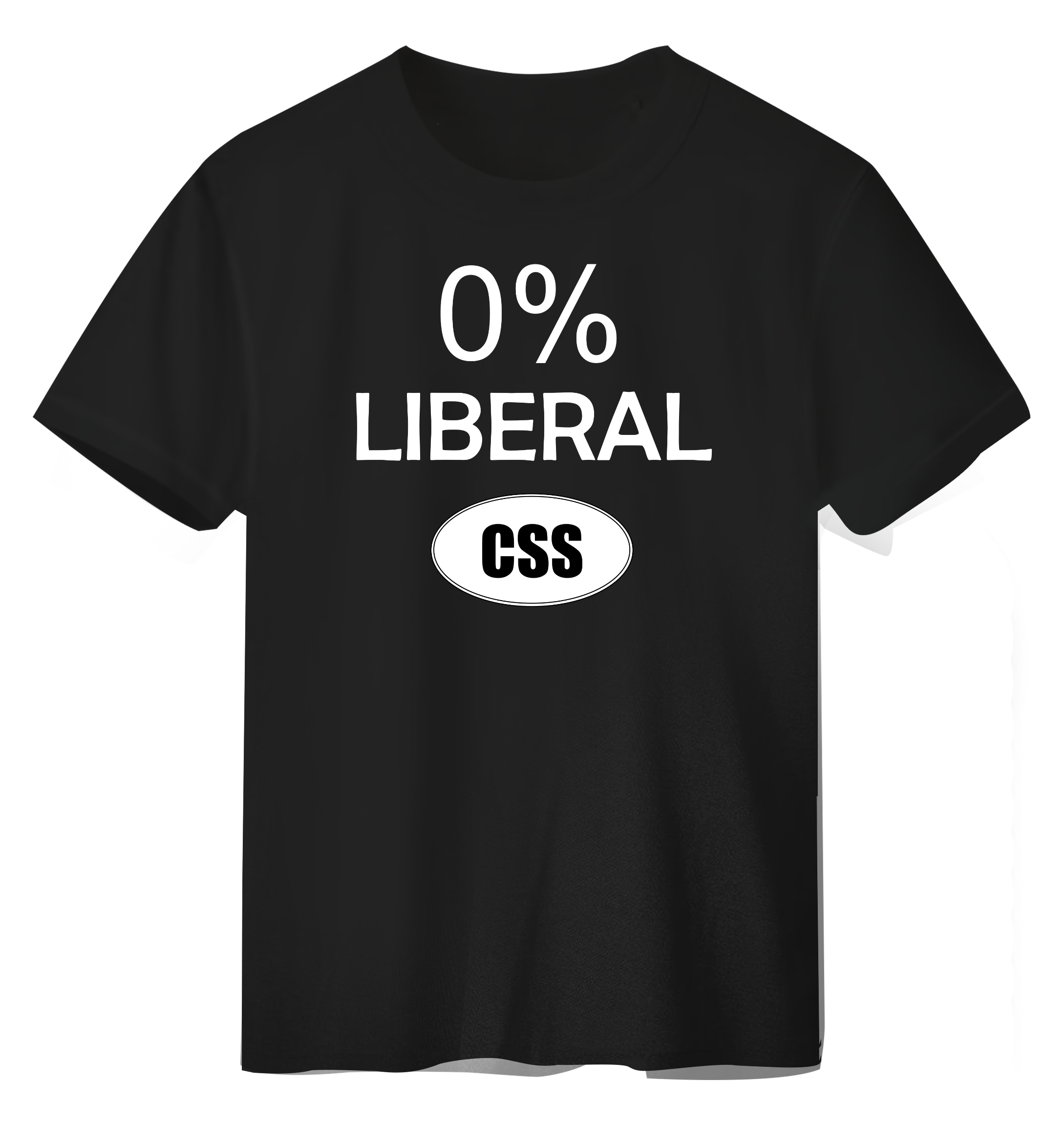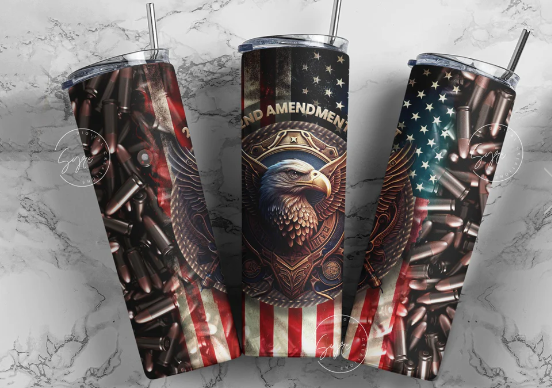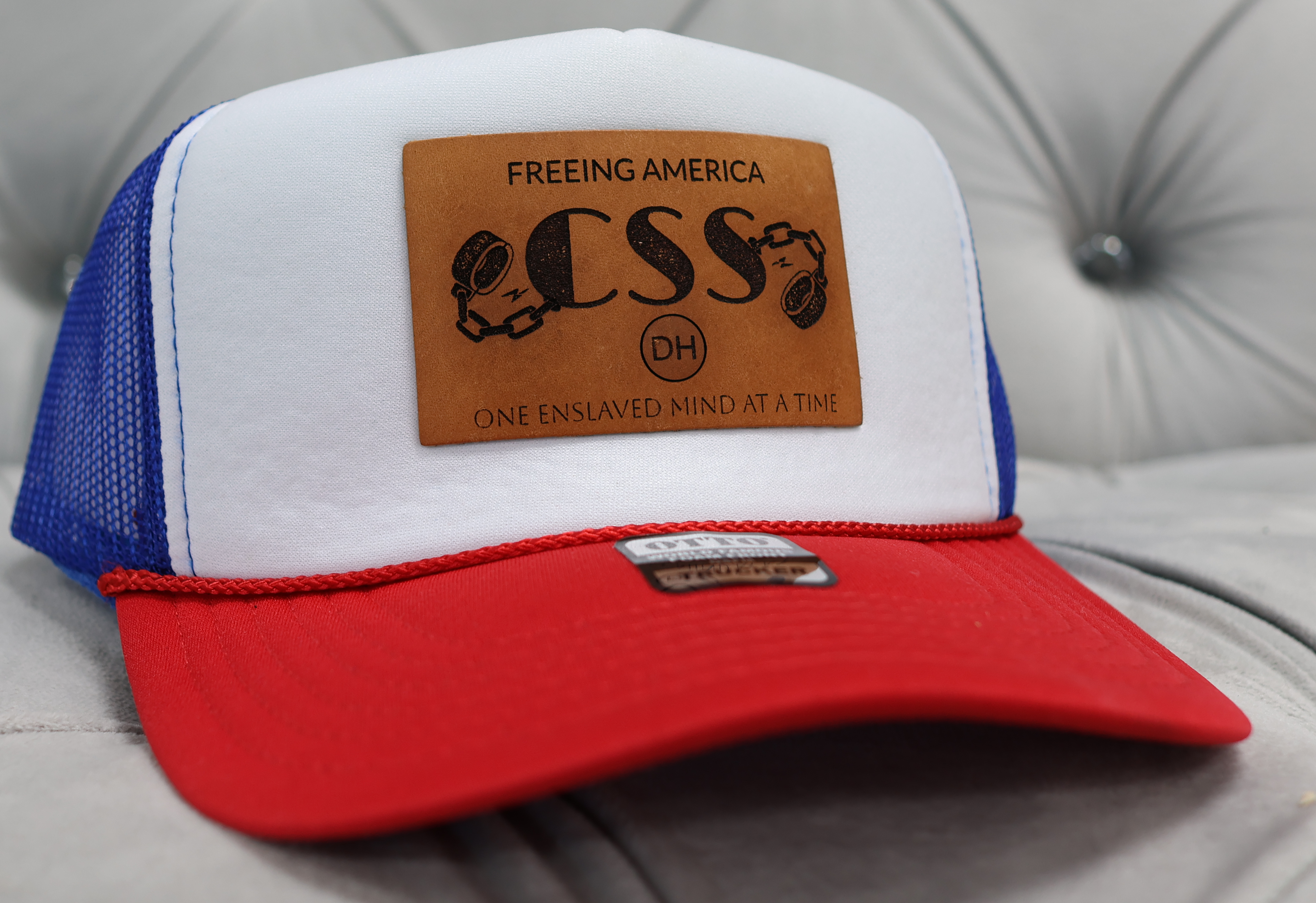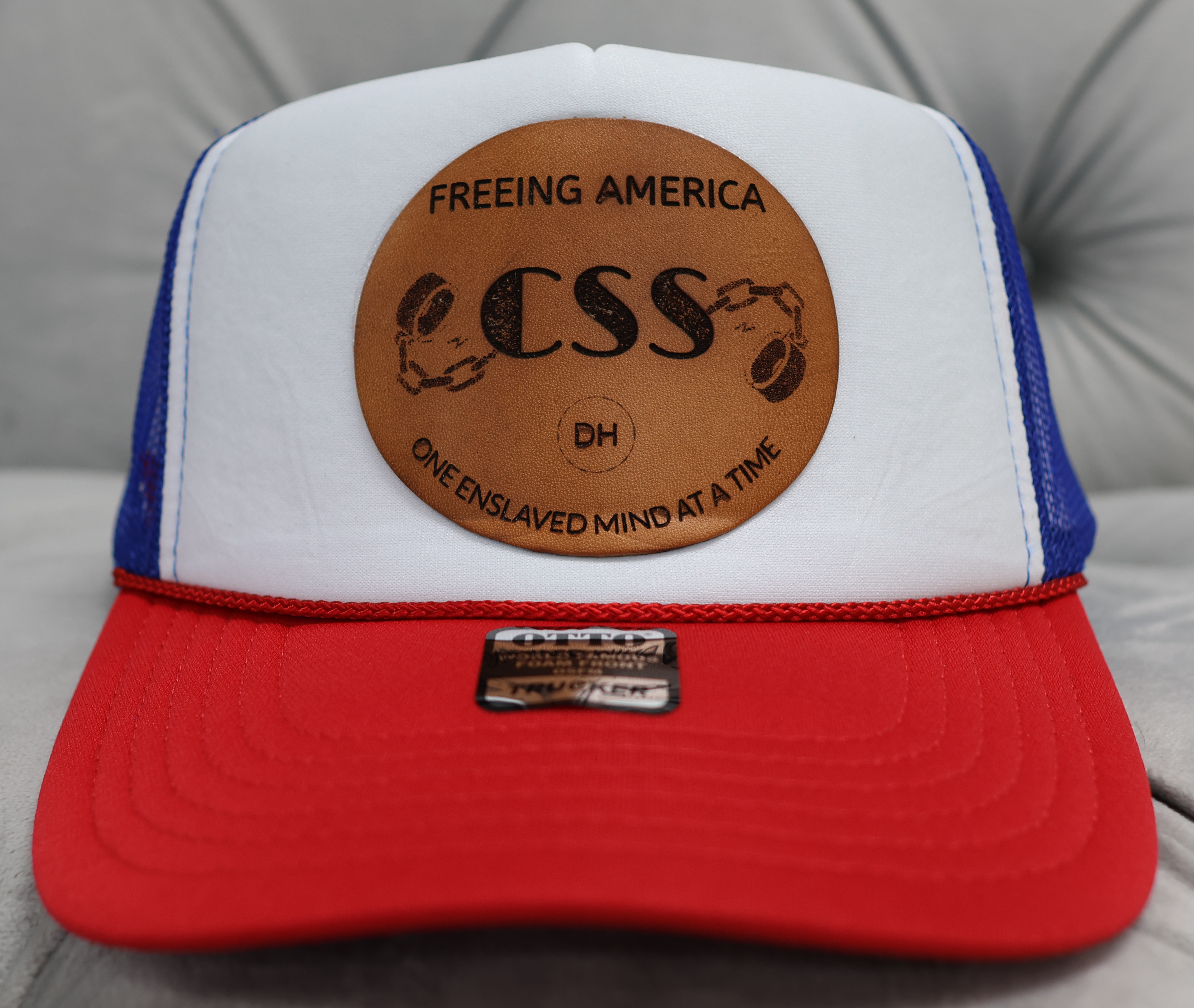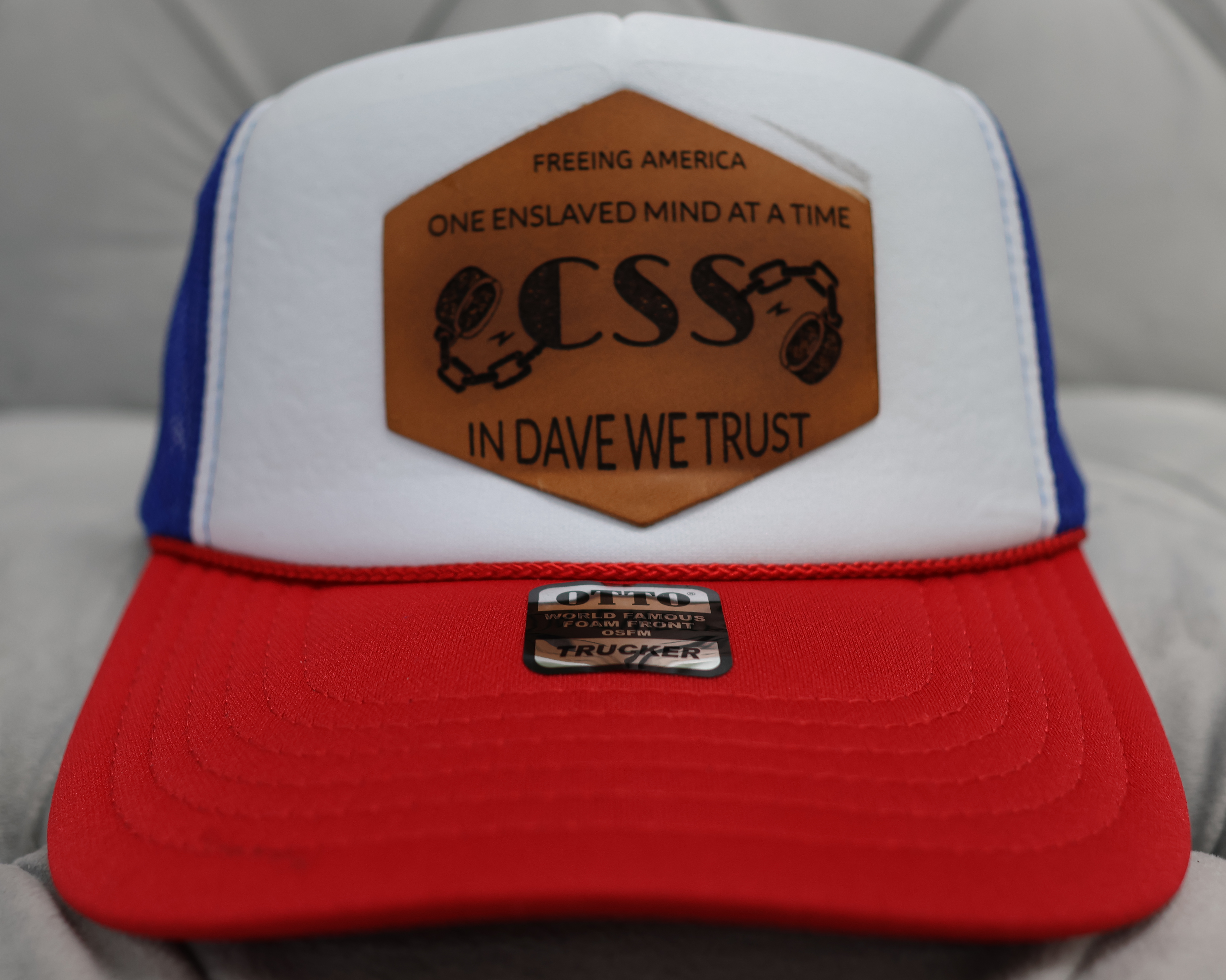$2,000 Gold is Just The Beginning -- Here's What Might Happen Next
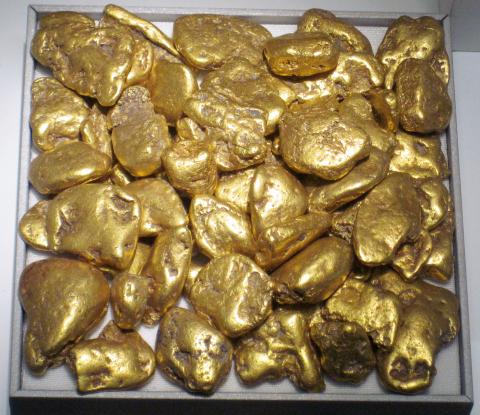
By Simon Black
You know how most laws passed by Congress have some fancy name– like the "Inflation Reduction Act" or the "USA PATRIOT Act" or some such nonsense?
Well, on November 7, 1973, US Senator James Fulbright introduced a very short bill – it was only ONE page – that didn't even have a name. But Fulbright's unnamed bill ended up being one of the most important pieces of legislation in US history.
By the time Fulbright introduced his bill, it had been two years since the legendary "Nixon Shock" of 1971. That was when US President Richard Nixon implemented wage and price controls, and canceled the US dollar's convertibility into gold.
Nixon famously promised the American public that there wouldn't be any negative consequences from his actions. Yet inflation hit 3% the following year, in 1972. Then 4.7% in 1973. Then 11.2% in 1974.
Simultaneously, gold prices around the world were surging… from $35/ounce before the Nixon Shock, to more than $170 in 1974.
But individual Americans weren't allowed to benefit from those gains thanks to a forty-year-old executive order that had been signed in 1933 by then President Franklin Roosevelt.
Roosevelt's Executive Order 6102 criminalized the private ownership of more than $100 worth of gold in the United States. Roosevelt also gave Americans just 25 days to turn over their gold to the Federal Reserve… or else face up to ten years in prison.










